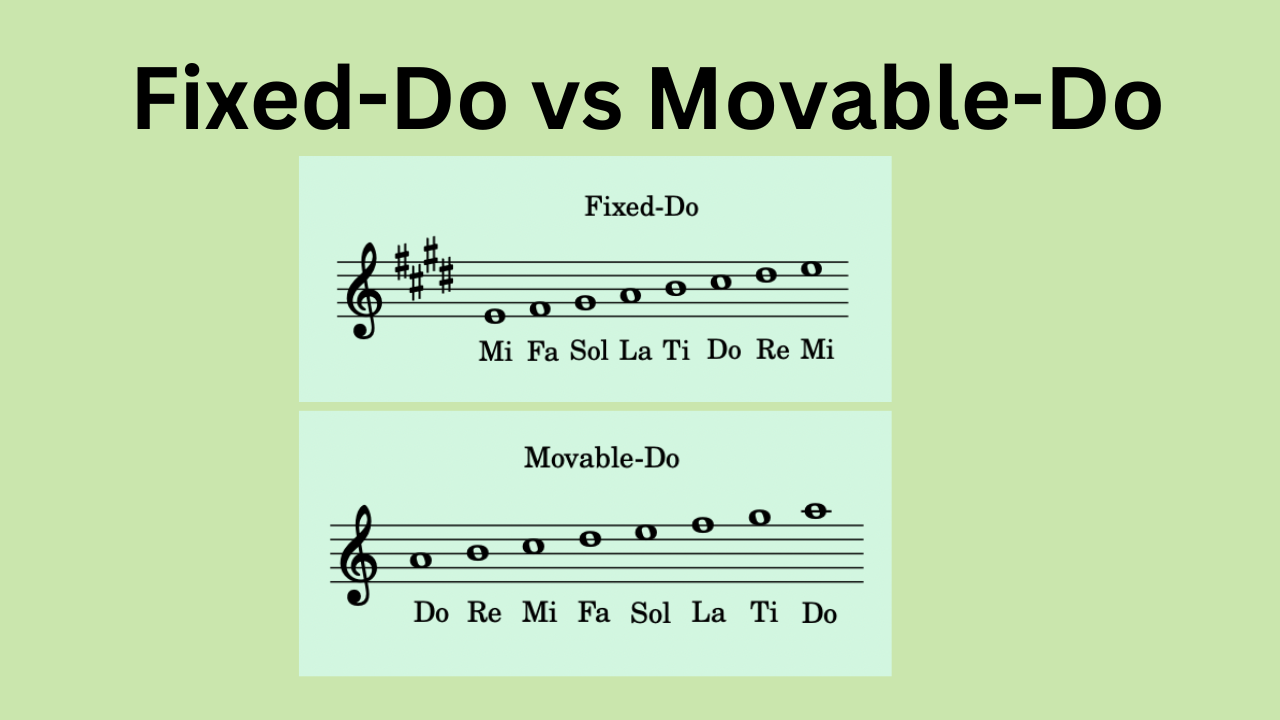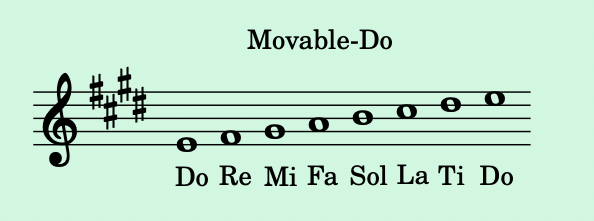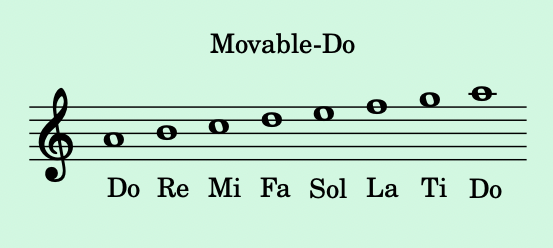
Fixed-Do vs Movable-Do
Music Theory Lesson: Fixed-Do vs Movable-Do
Objective: To understand the differences between Fixed-Do and Movable-Do solfege systems and their applications in music education and practice.
Introduction to Solfege Systems
Solfege Overview: Solfege is a method used to teach pitch and sight-singing in music. It assigns syllables to each note of a scale. The two main systems are Fixed-Do and Movable-Do.
Fixed-Do System
- Definition:
- In Fixed-Do, each syllable corresponds to a specific pitch, regardless of the key. For example, ‘Do’ is always C/C#/Cb, ‘Re’ is always D/D#/Db, and so on:

- In Fixed-Do, each syllable corresponds to a specific pitch, regardless of the key. For example, ‘Do’ is always C/C#/Cb, ‘Re’ is always D/D#/Db, and so on:
- Usage:
- Common in many European countries and used for learning absolute pitch.
- Advantages:
- Helps in developing a strong sense of pitch and is useful for musicians who need to recognize exact pitches, like orchestral players.
Movable-Do System
- Definition:
- In Movable-Do, ‘Do’ is the first degree of any major or minor scale. For example, in C major, ‘Do’ is C, but in E major, ‘Do’ would be E, Re would be F# and so on:

- An example in A-minor would be:

- In Movable-Do, ‘Do’ is the first degree of any major or minor scale. For example, in C major, ‘Do’ is C, but in E major, ‘Do’ would be E, Re would be F# and so on:
- Usage:
- Widely used in the United States and the United Kingdom, especially for vocal training.
- Advantages:
- Facilitates the understanding of music theory, intervals, and the relationship between notes in a scale.
Comparing the Two Systems
- Relative Pitch vs. Absolute Pitch:
- Fixed-Do is more about recognizing absolute pitches, while Movable-Do focuses on relative pitch and the relationship between notes.
- Application in Learning:
- Fixed-Do can be more challenging for beginners but beneficial for advanced musicians. Movable-Do is often preferred for teaching ear training and harmony.
Exercises
- Practicing Both Systems:
- Try singing scales and melodies using both Fixed-Do and Movable-Do to understand their differences.
- Ear Training:
- Use solfege to identify intervals and chord progressions, first with Movable-Do, then with Fixed-Do.
- Application in Repertoire:
- Apply both systems while learning new pieces to see which method works best for you.
Conclusion
Fixed-Do and Movable-Do solfege systems offer different approaches to understanding and internalizing music. While Fixed-Do develops absolute pitch recognition, Movable-Do enhances relative pitch skills and theoretical understanding. Musicians can benefit from familiarity with both systems, depending on their individual goals and needs.
This lesson outlines the key differences between Fixed-Do and Movable-Do solfege systems, including their advantages, applications, and how they can be used in music education. Exercises are provided to help musicians experience and understand both systems in practical contexts.